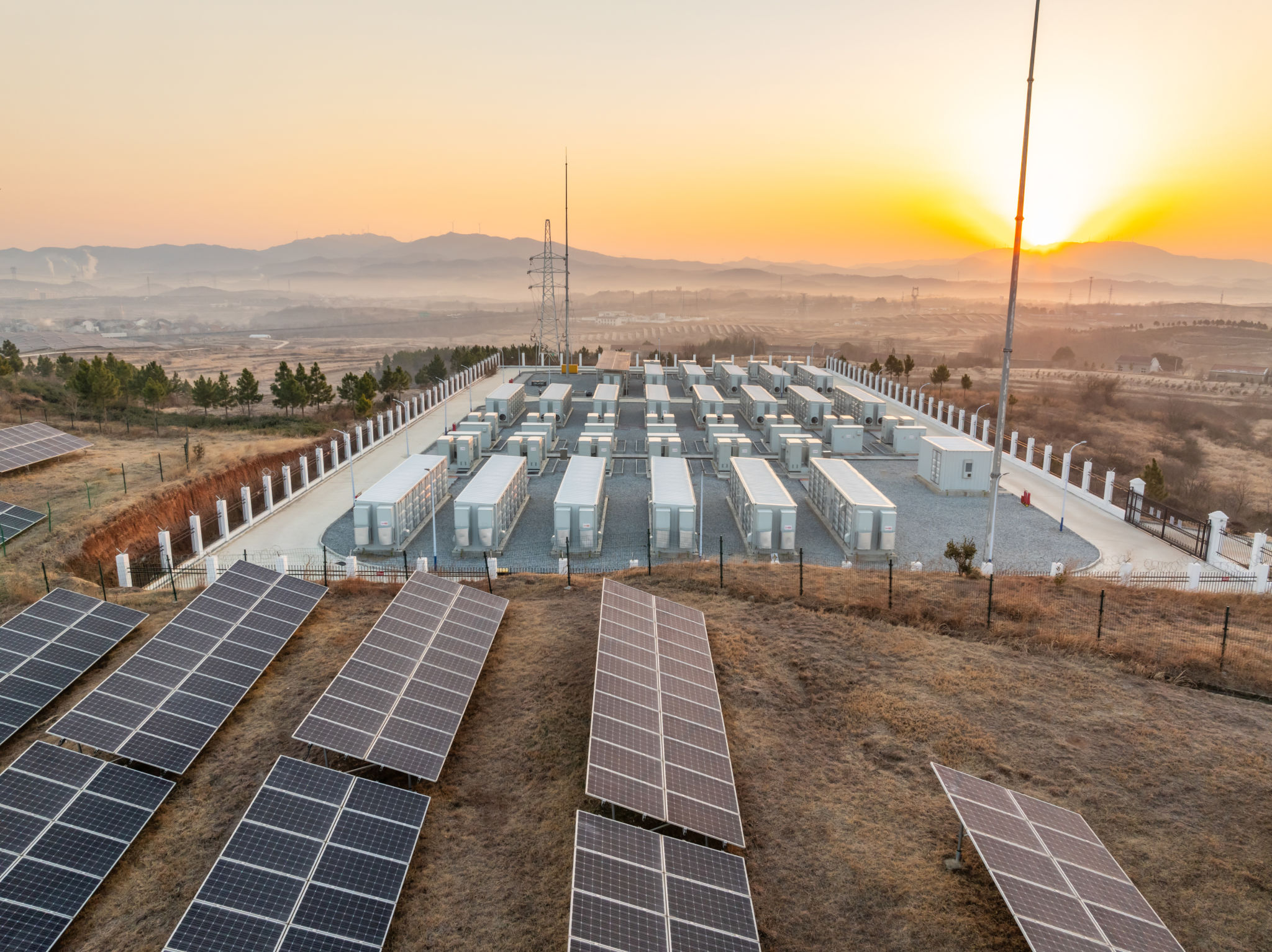The Environmental Benefits of Switching to Solar Energy in South Australia
The Rise of Solar Energy in South Australia
South Australia is leading the charge in embracing renewable energy, with solar power at the forefront of this transformation. As more residents and businesses make the switch to solar energy, the state is experiencing significant environmental benefits. This shift is not only helping to reduce carbon emissions but also fostering a sustainable future for generations to come.
Solar energy systems convert sunlight into electricity, providing a clean and renewable source of power. This transition from traditional fossil fuels to solar energy is crucial in reducing the state's carbon footprint, as fossil fuels are major contributors to greenhouse gas emissions.

Reduction in Carbon Emissions
One of the primary environmental benefits of adopting solar energy in South Australia is the reduction in carbon emissions. By replacing coal and gas-fired power plants with solar panels, the state significantly cuts down on harmful pollutants released into the atmosphere. In fact, every kilowatt-hour of solar power generated can prevent approximately one kilogram of CO2 emissions.
As more households and businesses install solar systems, South Australia moves closer to achieving its renewable energy targets. This shift not only helps to mitigate climate change but also improves air quality, benefiting both human health and the natural environment.
Preserving Natural Resources
Solar energy also plays a crucial role in conserving natural resources. Unlike fossil fuels, which are finite and require extensive extraction processes, sunlight is abundant and free. By harnessing solar power, South Australia reduces its reliance on non-renewable resources, ensuring their availability for other essential uses.
This conservation of resources extends beyond just fuel. Water usage, often high in traditional power generation processes, is significantly lower with solar energy systems. This reduction is particularly beneficial in regions where water scarcity is a growing concern.

Support for Biodiversity
The shift to solar energy supports biodiversity by minimizing habitat disruption. Traditional energy production often involves land clearing and habitat destruction, which can negatively impact local wildlife. Solar installations, particularly rooftop systems, have a minimal footprint and can coexist with existing land uses.
Ground-mounted solar farms can also be designed with biodiversity in mind. By incorporating native vegetation and maintaining wildlife corridors, these installations can contribute positively to local ecosystems.
Economic and Environmental Synergy
Switching to solar energy offers economic benefits alongside environmental gains. The growth of the solar industry in South Australia creates jobs in manufacturing, installation, and maintenance. These opportunities support local economies while promoting sustainable practices.

Moreover, as solar technology advances, it becomes increasingly cost-effective. The initial investment in solar panels can be offset by savings on energy bills, making it an attractive option for both individuals and businesses looking to reduce costs and invest in a sustainable future.
In conclusion, the environmental benefits of switching to solar energy in South Australia are profound. From reducing carbon emissions and conserving natural resources to supporting biodiversity and creating economic opportunities, solar power is paving the way for a cleaner, greener future.
